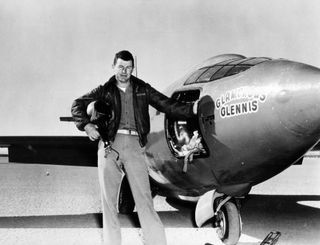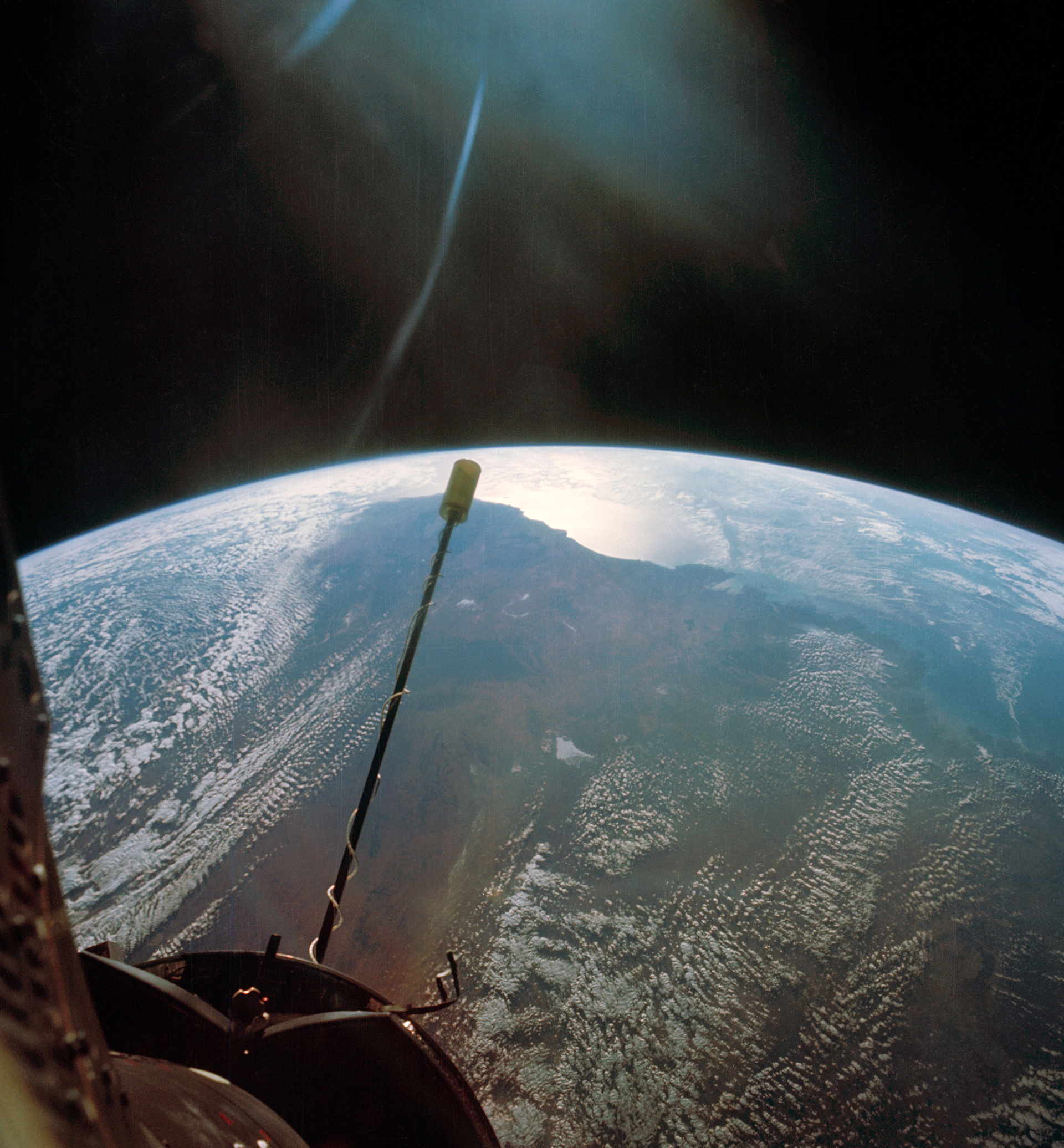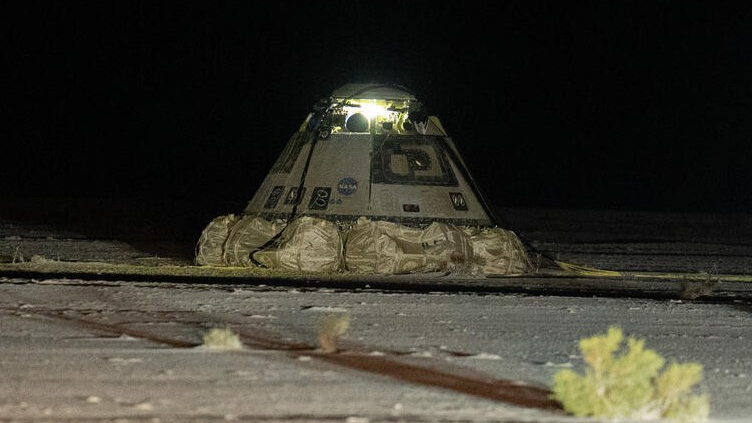On Oct. 14, 1947, U.S. Army test pilot Chuck Yeager (1923 – 2020) became the first human to fly faster than the speed of sound.
Yeager’s historic achievement was made in the secret experimental X-1 aircraft, which the Bell Aircraft Company constructed. The aim of the X-1 was to test the capabilities of a fixed-wing aircraft and its human pilot to withstand the severe stress generated by supersonic flight.
Yeager’s sound barrier-breaking feat occurred over Rogers Dry Lake in southern California. The X-1 was carried to an altitude of 25,000 feet (7,600 meters) by its B-29 mother ship. After separating from its ride, Yeager independently piloted the X-1 to 40,000 feet (12,000 meters). At this altitude, the speed of sound is estimated to be 662 miles per hour, which Yeager and the X-1 exceeded to become the first man to break the sound barrier.

Yeager’s accomplishment wouldn’t become public knowledge until the following year when it was announced in June 1948. After the X-1 flight, Yeager continued his test flight career. One other notable achievement for Yeager came on December 12, 1953, when the test pilot rode an X-1A rocket plane to set a world speed record of 1,650 mph.
Chuck Yeager was featured in the 1979 book The Right Stuff by Tom Wolfe. Yeager was portrayed by Sam Shepard in the book’s 1983 film adaptation of the same name. In 1985, Yeager was awarded the Presidential Medal of Freedom. His daughter confirmed his death on December 7, 2020.
On This Day in Space Archive!
Still not enough space? Don’t forget to check out our Space Image of the Day, and on the weekends our Best Space Photos and Top Space News Stories of the week.



